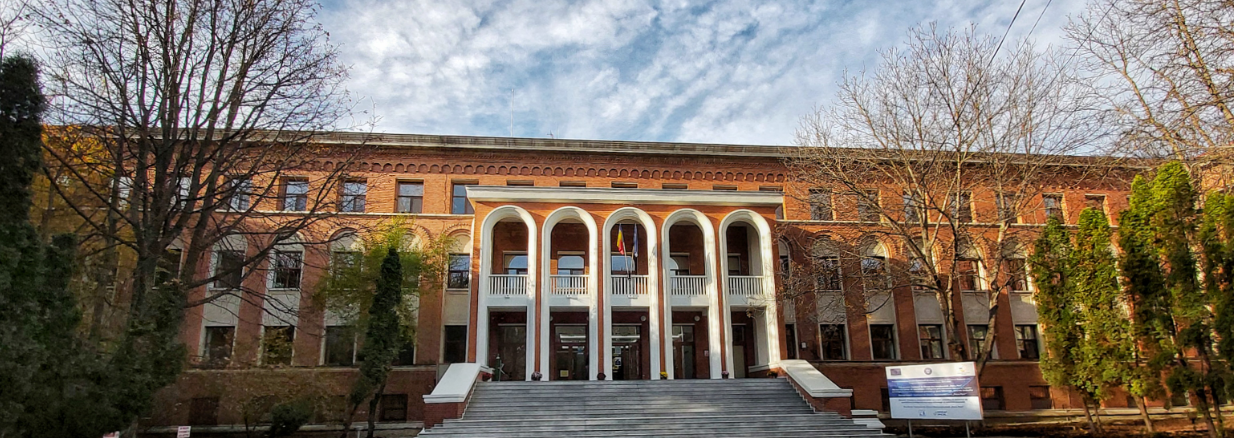Development of (zwitter)ionic materials with applications in medicine and environmental protection
- Synthesis and characterization of linear (zwitter)ionic polymers through polymer-analogous reactions;
- Synthesis and characterization of grafted polymers by (a) grafting of monomers on polysaccharides (chitosan, gellan, xanthan, sodium hyaluronan, starch) or (b) grafting of macromolecules (e.g., zein, starch) on ionic cross-linked (zwitter)ionic microparticles, during or after their synthesis;
- Synthesis and characterization of cross-linked (zwitter)ionic polymers, in the form of microparticles by polymerization in aqueous suspension, new types of ion exchangers;
- Fabrication of complex (composite) materials as (micro)particles or films;
-Testing for medical applications: (a) retention of biologically active principles, (b) kinetic studies of in vitro release, (c) studying of antimicrobial activity;
-Use of (zwitter)ionic materials in sorption/desorption studies, in the static and dynamic regime, of some priority organic and inorganic pollutants, from simulated and real waters;
Development of "hard-soft" composite polymeric materials for environmental protection and (bio)catalysis
- Fabrication of “hard-soft” composite multifunctional microparticles based on natural/synthetic inorganic oxides (e.g. silica, CaCO3) and ionic polymers, by direct deposition (monolayer sorption, layer-by-layer deposition, precipitate deposition, etc.) considering: (a) the diversification of functional performances by multi-parameter modification (deposition conditions, nature of the polyelectrolytes and the support, synthesis of CaCO3/polymer composites, stabilization method, etc.) in various fabrication phases; (b) the introduction of reactive groups on solid surfaces by various polycation and/or polyanion deposition techniques and/or the subsequent modification of these functional groups; (c) immobilization of specific ligands (dyes, proteins, enzymes) in the "soft" part of the composites, for specific interactions with target species dissolved in aqueous media;
- Testing of “hard-soft” composites in the retention of organic/inorganic pollutants from simulated water, wastewater or surface water: (a) testing, in static and dynamic experiments, of single/multi-component sorption/desorption of transitional metal ions; (b) testing in experiments of loading/release of organic pollutants (dyes, drugs, pesticides, humic acids, etc.); (c) testing in sorption/desorption experiments of mixtures of organic / inorganic pollutants dissolved in simulated and real water; (d) testing in column chromatography experiments by ion exchange or affinity.
- Obtaining "hard-soft" composites with enzymes (lysozyme, pepsin, catalase, trypsin, etc.) immobilized in the "soft" part of the composite material, for catalysis in a dynamic regime. |








